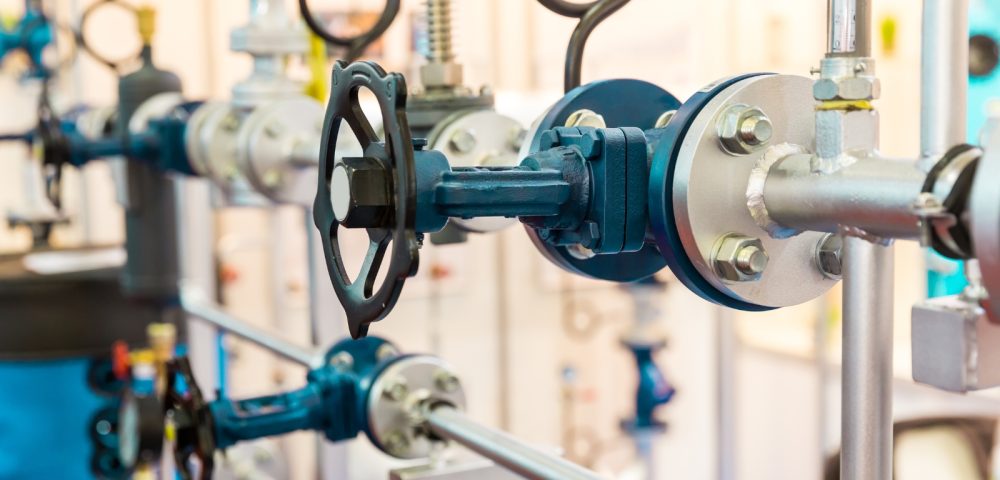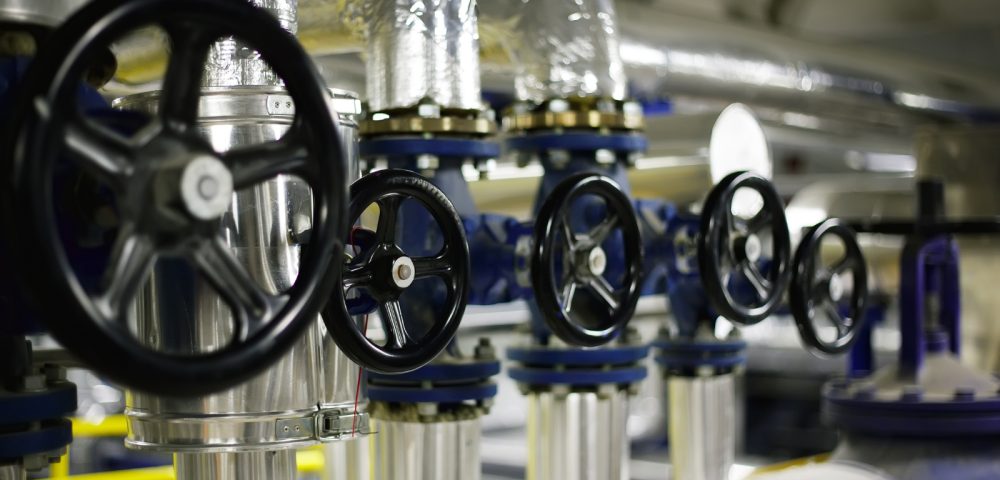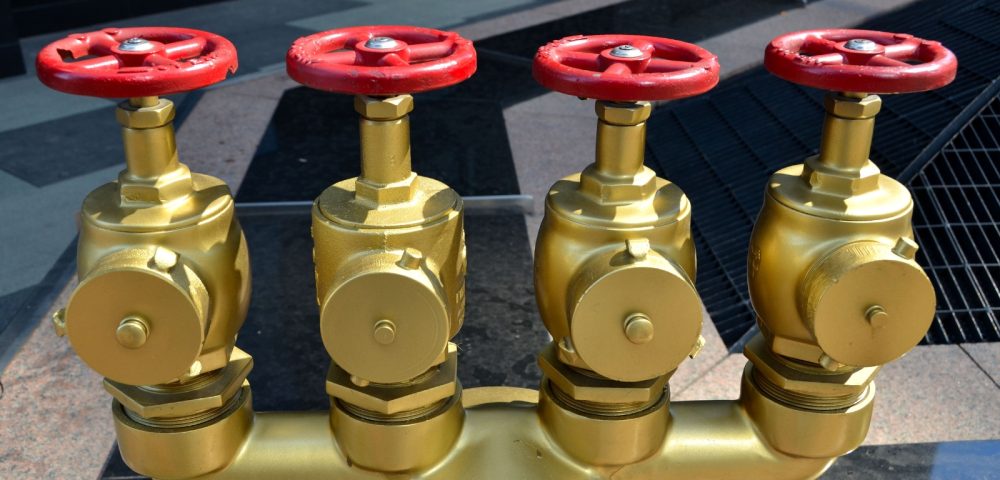In industrial settings like water and wastewater plants, one of the most-talked-about components is undoubtedly ‘water control valves.’ They might seem simple, but their role in managing water flow is anything but ordinary. How do these valves adjust pressure and volume without shutting off the supply completely? What makes them different from regular valves?
This article explores how water control valves work, revealing the technology that keeps water systems balanced and efficient.
What is a Water Control Valve?

This is a component that manages the flow and pressure of water in a system, allowing users to start, stop, or adjust how much water moves through pipes.
Not just in industrial settings, people often use it in homes and irrigation systems, also to keep water running smoothly and safely. This valve responds to manual input, pressure changes, or electric signals, depending on the type. It helps systems work without wasting water or causing damage from too much pressure.
Whether someone wants to control water speed or shut it off completely, this tool does the job efficiently. Thanks to its design, users gain control without needing complicated tools or steps.
Why Use Control Valves?

- It adjusts flow rates precisely so operators maintain desired water or gas speeds.
- It keeps pressure stable, protecting equipment from sudden surges or drops.
- Control valves regulate temperature in heating and cooling setups, ensuring comfort and safety.
- It cuts energy waste by matching flow to actual demand.
- This reduces wear and tear on pipes and pumps, extending system life.
- It stops unsafe conditions by shutting off the flow when sensors spot errors.
How a Control Valve Works

The Primary Role of the Water Control Valve
A water control valve helps people manage how water flows through pipes in homes, farms, factories, or large systems. It lets users slow down, speed up, or stop water completely based on what the system needs.
This valve does not just flip on or off like a regular tap, but it adjusts the flow in steps to keep everything balanced. Engineers use it to stop water pressure from rising too fast or dropping too low.
Whether the system needs steady water for cooling machines or even a spray for farming, this valve gives the right amount of control without much manual effort.
How the Actuator Makes the Valve Move
The actuator takes charge of moving the valve. It listens to an input signal from a control system and uses energy, like air, electricity, or water pressure, to push or pull the valve stem.
That stem then moves the part inside the valve that opens or closes the flow.
When the actuator moves slowly or quickly, the water follows at the same speed. This back-and-forth action helps the system react to changes, such as when pressure rises or drops. The actuator handles the hard work, so the water flow stays smooth and safe.
What the Valve Plug Does Inside
The plug or disc sits inside the valve and controls the water flow directly. When the actuator moves the stem, the plug either lowers to block more water or rises to allow more through.
You can imagine squeezing a hose slightly or opening it all the way. That is exactly what the plug does.
Its shape and position decide how fast the water moves. This simple motion gives powerful results, especially in systems that need steady water pressure. The plug also works well in both small and large systems where fine adjustments make a big difference.
How Sensors and Control Signals Work Together
Water control valves work with sensors that measure flow rate, pressure, or temperature. These sensors send signals to a controller, which then tells the valve what to do.
If the pressure goes up too fast, the controller sends a message to the valve to tighten the flow. If pressure drops too low, the valve opens more. This automatic response keeps the water system safe and efficient without someone needing to make constant adjustments.
Everything happens quickly and smoothly because the control system always talks to the valve in real time.
Why This Process Matters in Daily Systems
Water control valves work behind the scenes, but they make a big impact. In irrigation systems, they control water so plants do not drown or dry out.
In homes, they help manage water use in heating or filtration systems.
In factories, they keep machines from overheating. So even though people do not always notice them, water control valves quietly keep things running without wasting water or causing damage.
They bring both precision and peace of mind, making sure water moves when, where, and how it is needed.
Factors to Consider When Selecting Water Level Control Valves

Flow Rate Requirements
You need to match the valve’s size and design with the flow rate of your water system. If the valve handles too little flow, it slows everything down and causes pressure problems. On the other hand, if the valve handles too much, you lose control over accuracy and waste water. So always check how much water needs to pass through at certain times.
Pressure Range Compatibility
Water systems do not always hold steady pressure, and that is where the pressure range comes in. You should choose a control valve that handles both the high and low ends of your system’s pressure. If the valve cannot take the pressure, it wears out fast or stops working properly. Look at both the minimum and maximum pressures the system reaches during daily operations. Then pick a valve that stays stable and responds accurately within that range.
Type of Water Being Controlled
Not all water is the same; some water comes clean, and some carries dirt, chemicals, or minerals. Before picking a water level control valve, you need to know what flows through the system. Clean water might suit basic valves, but dirty or treated water needs tougher materials and smarter designs.
Installation Space and Valve Size
You cannot fit a big valve into a tight space, so always measure before you choose. Some systems need compact valves that work in narrow or hard-to-reach spots. Others offer more room and let you install larger options. Also, think about how much effort it takes to install or remove the valve. If it sits in a cramped space, maintenance gets tricky and time-consuming.
Control Method
Decide if your setup needs a manual or automatic valve because this changes how the system runs. Manual valves need a person to open or close them, which works fine for simple jobs. But if you want the system to respond on its own, like adjusting flow based on tank levels, then go for automatic control.
Maintenance and Durability
You do not want to fix or replace a valve every few months, so always check how durable it is. Look at the material it is made from. These strong metals or coated surfaces usually last longer, especially in outdoor or harsh environments. Also, think about how easy it is to clean, inspect, and repair. A valve with replaceable parts saves money and effort in the long run.
Ensure the Industrial Valves are Safe with Sensor-Based Technology

Industrial valve safety does not have to be complicated. With Tigernix-powered IoT and AI-powered mechanical valve software, you get constant monitoring, instant alerts, and data-driven insights that prevent failures before they disrupt your workflow. Unlock precision, reliability, and peace of mind—because protecting your assets means smarter technology, not harder work.







